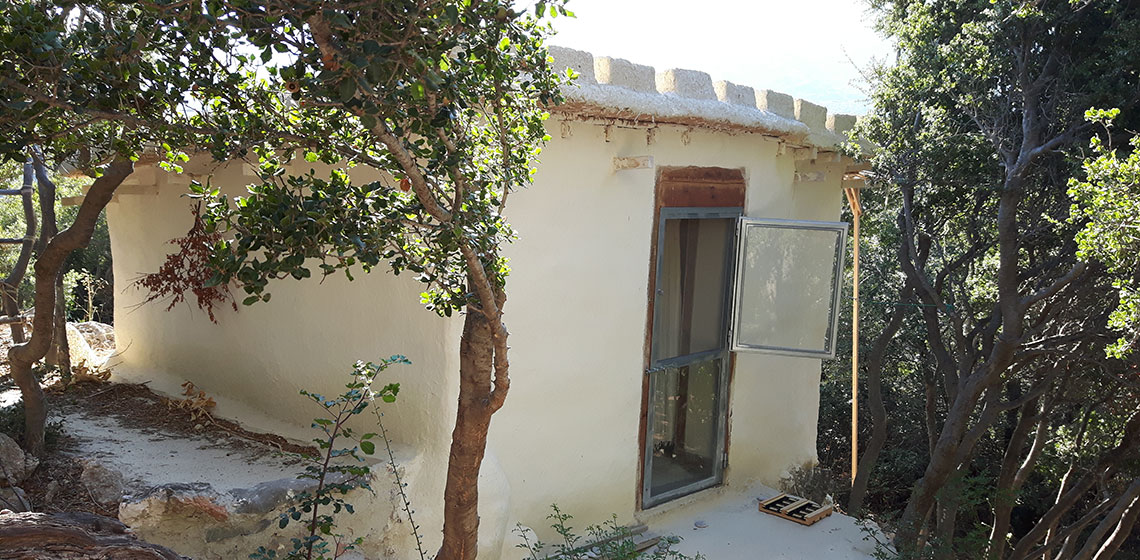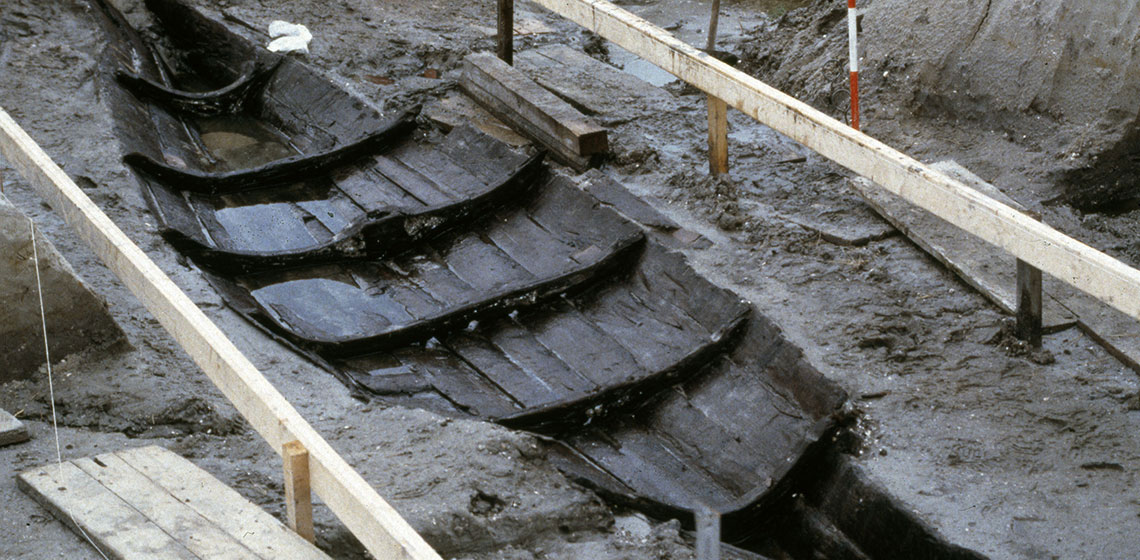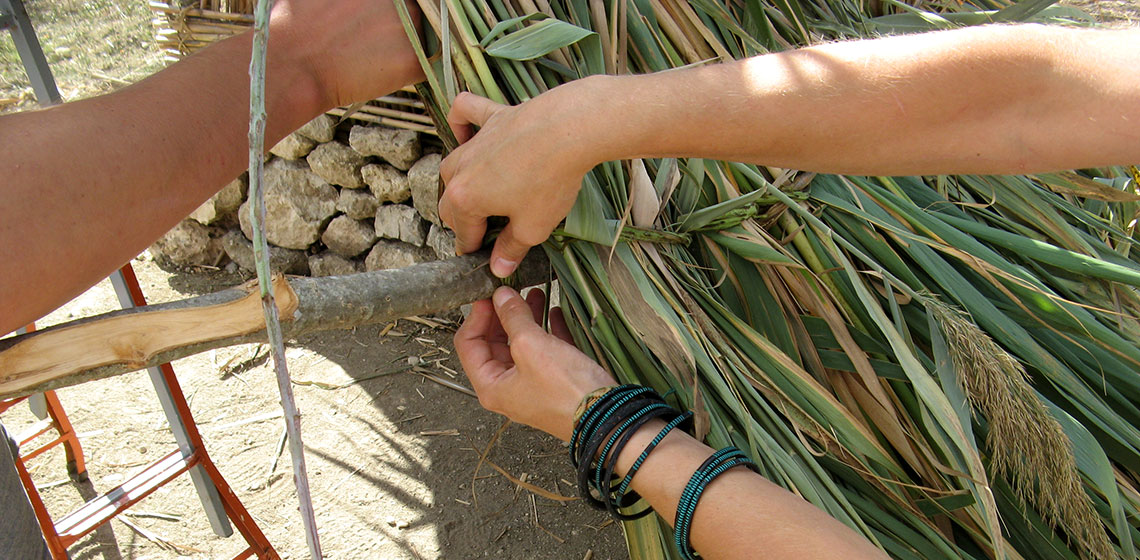A Minoan Experimental House – Paying Tribute to Middle Bronze Age Cretan Vernacular Architecture
Prototypes, situation, general description
Especially impressive are the often massive ruins of dwelling foundations referred to as 'oncolithic' in my typology (for details see Beckmann 2012a).These foundations neutralize the often steep slope incline they are built upon, so that the original houses would have stood in a horizontal position. The settlement pattern and surface findings indicate that these installations were vernacular in character and probably housed mixed agricultural farms (ibid.).




